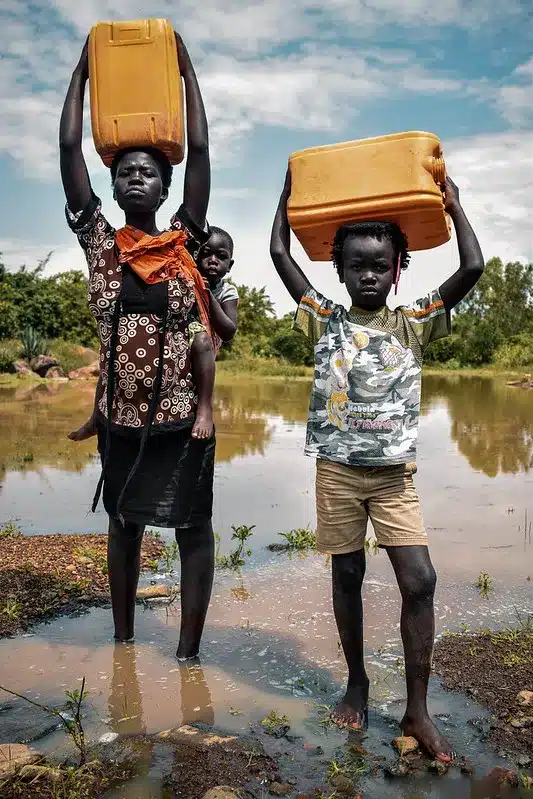
This study explored the influence of refugee camps to the surrounding communities in developing economies with reference Mahama camp located in Eastern part of Rwanda. The study determined the cash out activities involved refugee population in the host community, evaluated the level of environment conservation in Mahama community and quantified the statistical relationship between refugee population activities and environmental conservation as the specific research objectives. The study was descriptive in nature. Both primary and secondary data were used thereby primary data was collected from 494 respondents including both Burundians and Rwandans for the accuracy and reliability of information gathered.
Research instruments used were survey forms (questionnaire) and interview guide tool during data collection to ensure that data is reliable to yield sensitive results. The study found that the leading sectors of participation for refugee population are forest exploitation, crop production and micro-business activities due the fact that the entrance cost is not expensive accompanied with the easy access for the raw materials.
The study also found negative effects over environment features due to over exploitation of natural resources mainly land and forest and some positive effects in social and economic terms derived from close collaboration in different business activities including raw material supplying and business consultation often involved Rwandans. The study investigated whether there is significant relationship between refugee population activities and environmental conservation and Spearman’s correlation coefficient found a weak correlation equal to .325** implying that refugee population activities negatively affect environmental conservation to hinder effective management.
Therefore, the study concluded that there is a weak correlation between refugee population activities and environmental conservation, in other words, negative impacts of refugee population activities overwhelms positive impacts in the way of environmental conservation to thrive. The study ends by suggesting Mahama camp management to unite refugees in cooperative according to their sectors of business activities to make easier supplying raw materials and train them the importance of conserving environment features so that the implementation of environment related measures might be done successful and easily with minimum supervision because the cooperative representatives will be assigned to ensure the full compliance of their members.
3 responses to “The influence of refugee camps to the surrounding communities in developing economies; a case of Mahama refugee camp in Kirehe district, Rwanda.”
-
Wow, this is very good study
-
Je suis réfugiés Au Ghana
-
Positive efforts for you Jacky and Viviane
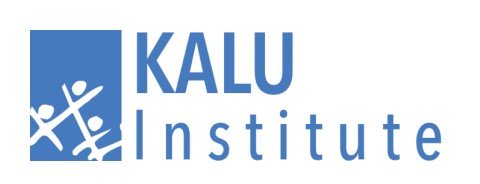
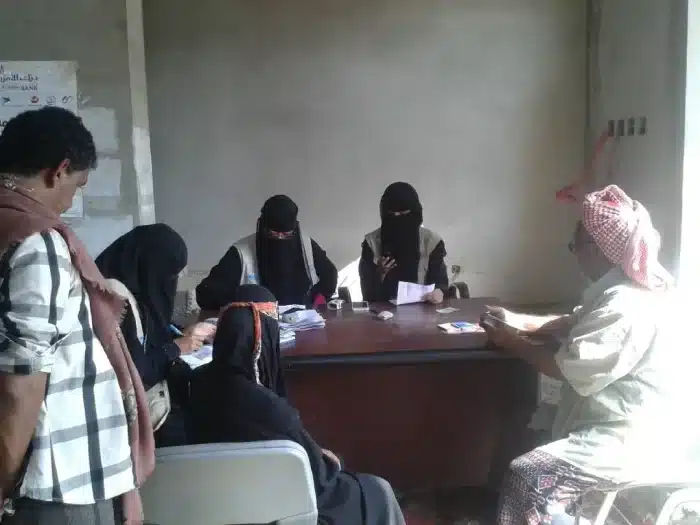
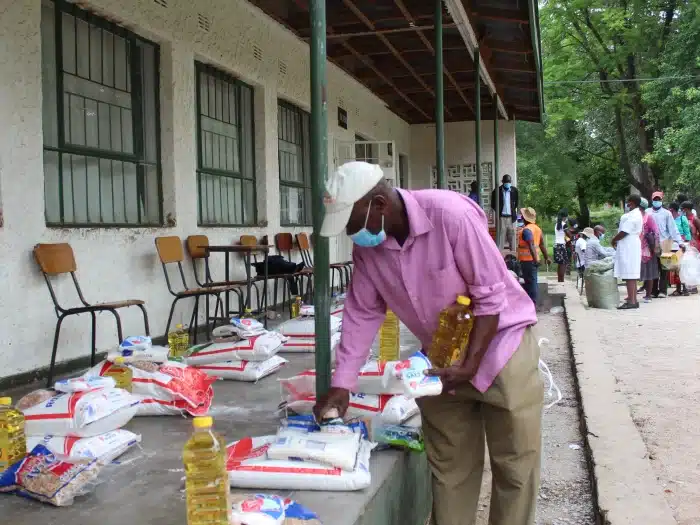

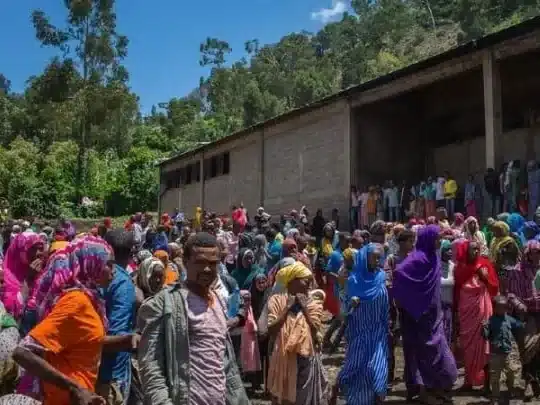
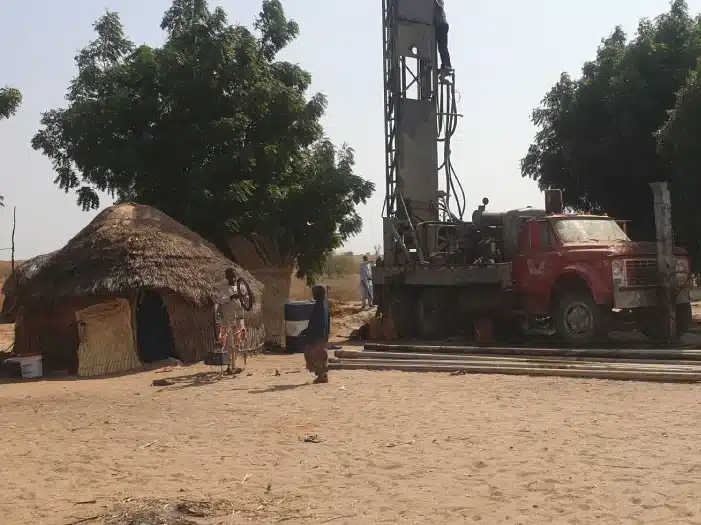
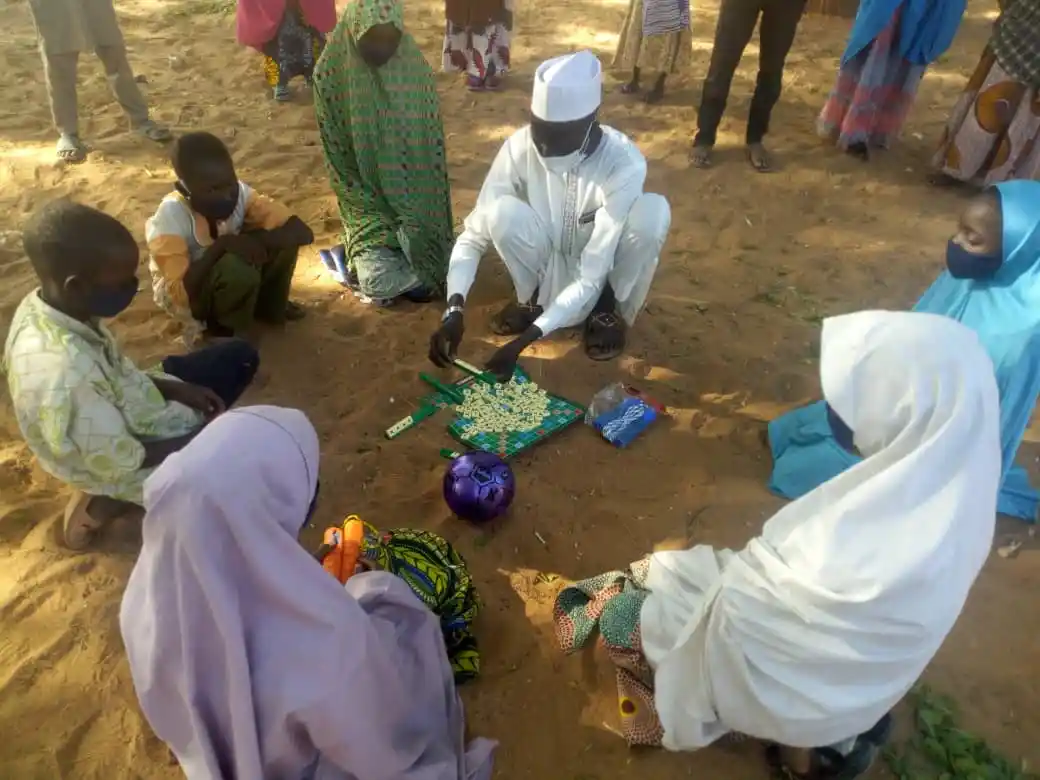
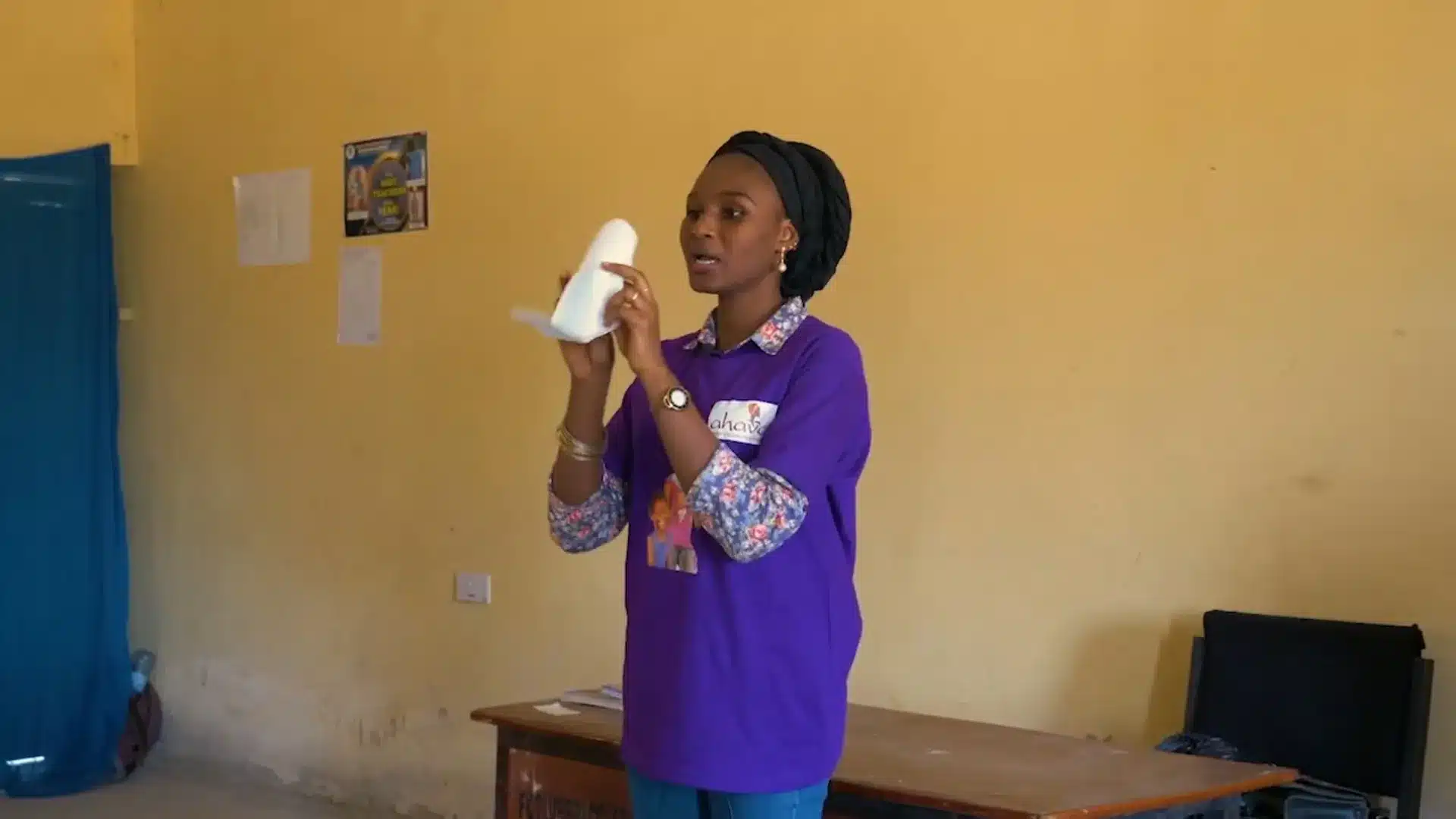

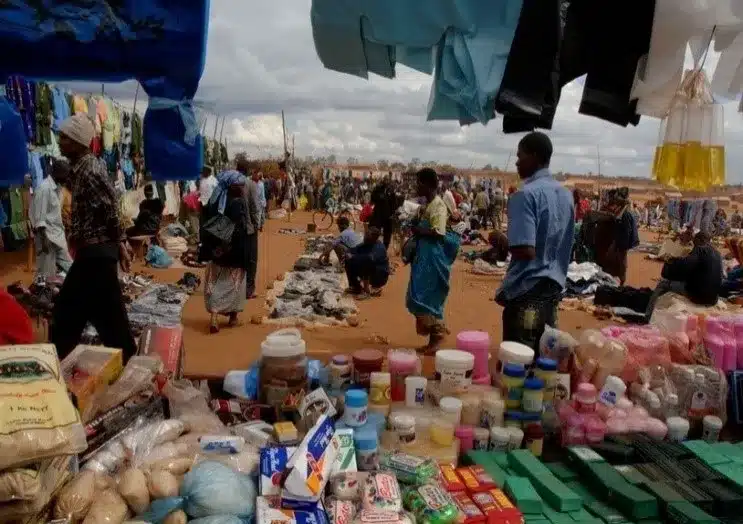
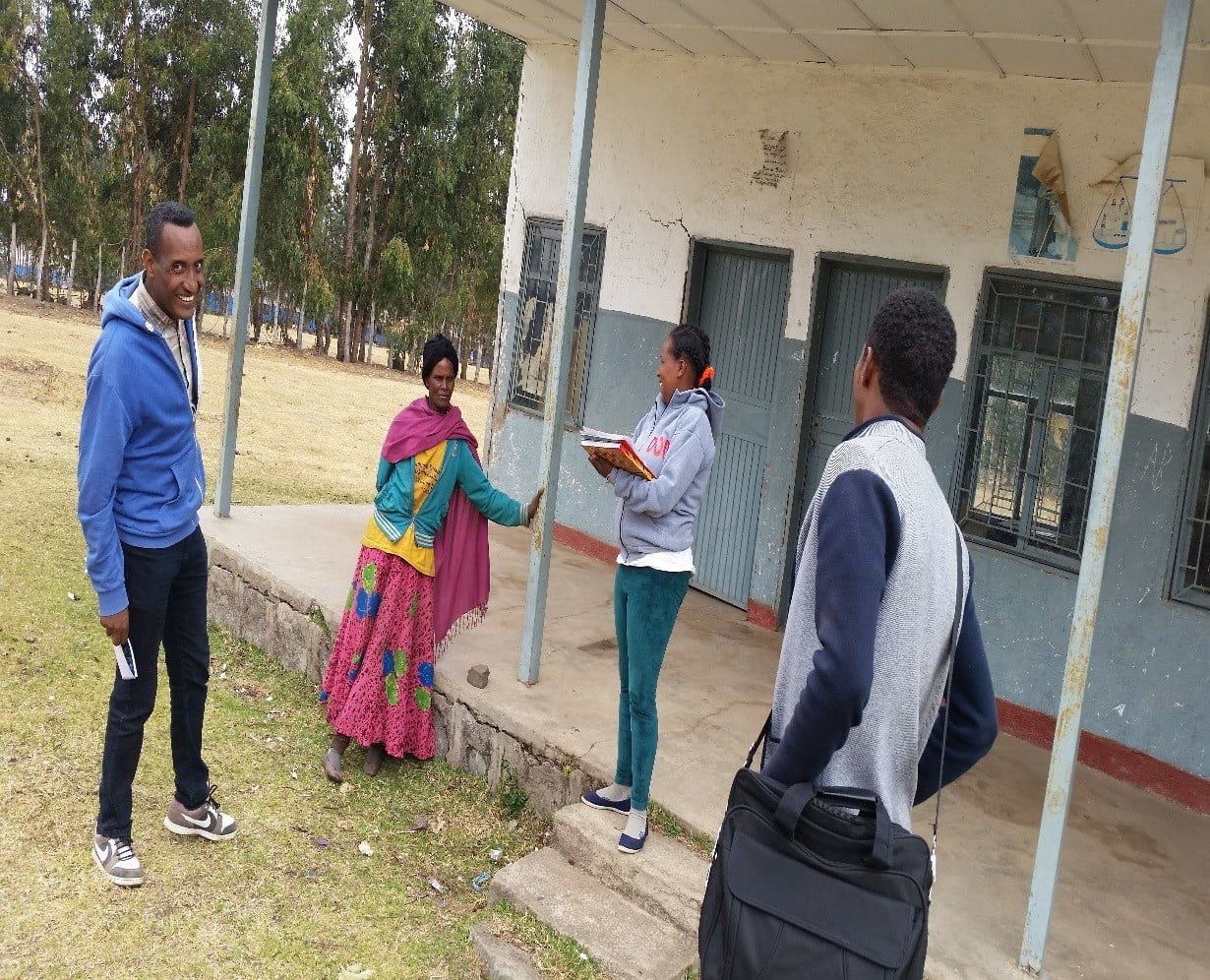
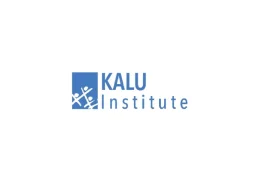
Leave a Reply